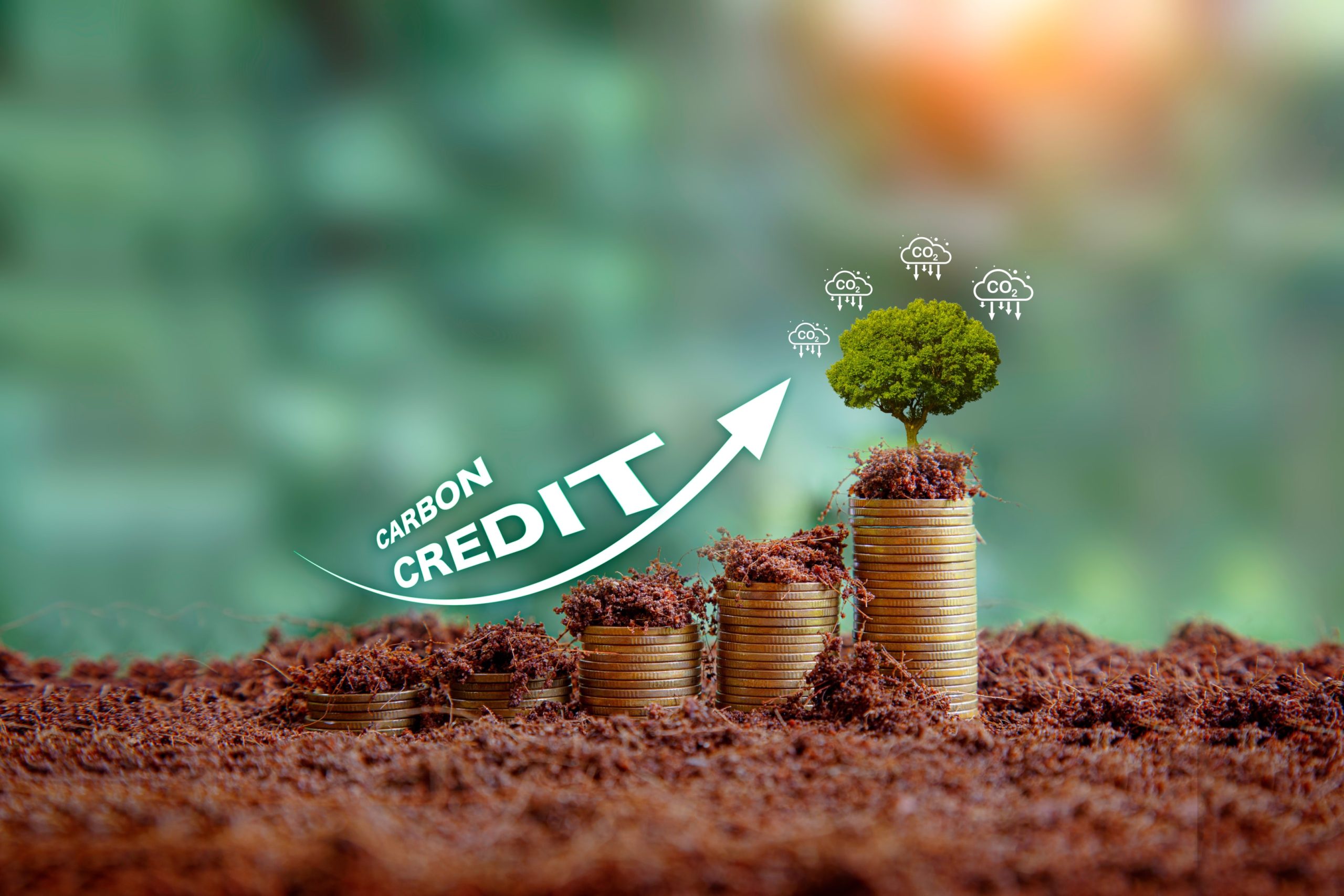Understanding Carbon Emissions and carbon certificate
Greenhouse Gas Emissions and Their Impact

Greenhouse gas emissions, such as carbon dioxide (CO2), methane (CH4), and nitrous oxide (N2O), play a major role in climate change and result in serious environmental impacts. These gases trap heat in the Earth’s atmosphere, leading to global warming, rising sea levels, and more frequent extreme weather events.
Understanding the sources and impacts of these emissions is crucial for learning how to reduce carbon footprint and mitigate climate change. By identifying the primary contributors to greenhouse gas emissions, such as fossil fuel combustion, deforestation, and industrial processes, we can develop targeted strategies to reduce emissions and promote a more sustainable future.
Calculating Your Carbon Footprint
Calculating your carbon footprint involves measuring the greenhouse gas emissions generated by various activities, such as energy use, transportation, and waste production. Accurate calculation helps identify key areas where emissions can be reduced and highlights opportunities for carbon offsetting.
Tools like carbon footprint calculators provide a comprehensive assessment of your emissions, allowing you to make informed decisions about how to minimize your environmental impact.
By regularly tracking your carbon footprint, you can monitor your progress, set reduction targets, and implement effective strategies to achieve those targets. This proactive approach offset emissions and is essential for individuals and businesses aiming to contribute to global climate goals.
What are Carbon Credits?

Definition and Purpose
Carbon credits are certificates that represent the right to emit one ton of carbon dioxide or an equivalent amount of other greenhouse gases. These credits are part of market-based mechanisms designed to incentivize companies and individuals to reduce their carbon emissions.
By purchasing carbon credits, organizations can offset their own emissions by funding projects that reduce or remove greenhouse gases from the atmosphere.
This system encourages investment in sustainable projects, such as renewable energy, reforestation, and energy efficiency initiatives, which contribute to overall emission reductions and support global climate goals.
How Carbon Certificates are Issued
The Certification Process
Carbon credits are certified through recognized standards and verification bodies to ensure that emission reductions are real, measurable, and additional. This certification process involves rigorous assessment and verification by independent third parties.
Projects seeking certification must demonstrate that their emission reductions are beyond what would have occurred under a business-as-usual scenario. By adhering to these stringent standards, certified carbon credits provide a reliable and credible means for organizations to offset their emissions and support climate action.
Types of Carbon Certificates
There are two main types of carbon certificates: Certified Emission Reductions (CERs) and Verified Emission Reductions (VERs). CERs are issued under the Kyoto Protocol, an international treaty that sets binding emission reduction targets for participating countries.
These credits are used in compliance markets, where entities must meet regulatory emission reduction obligations. VERs, on the other hand, are issued under voluntary carbon markets and cater to organizations and individuals who choose to offset their emissions voluntarily through voluntary market. Both types of certificates play a crucial role in promoting emission reductions and supporting global climate initiatives.
Carbon Offset Projects
Reducing Carbon Emissions
Carbon offset projects aim to reduce greenhouse gas emissions through various activities, including renewable energy development, reforestation, and energy efficiency improvements. These carbon finance projects often take place in developing countries, where they also contribute to sustainable development goals, such as improving local infrastructure, creating jobs, and enhancing community resilience.
By investing in carbon offset projects, organizations can offset their own emissions while supporting broader environmental and social benefits. This approach not only helps mitigate climate change but also promotes sustainable development in regions united nations that need it most.
Carbon Capture and Its Role
Carbon capture and storage (CCS) technologies are essential components of the global strategy to achieve net-zero emissions. These technologies capture CO2 emissions from industrial sources and store them underground, preventing them from entering the atmosphere.
CCS can significantly reduce emissions from sectors that are difficult to decarbonize, such as heavy industry and power generation. By integrating carbon capture with renewable energy and other emission reduction strategies, we can make substantial progress towards mitigating climate change and achieving long-term sustainability goals for sustainable world.
The Role of Certifying Bodies
Overview of Certifying Bodies
Certifying bodies like Verra, Gold Standard, and Climate Action Reserve play a critical role in ensuring that carbon credits meet rigorous standards. These organizations verify the emission reductions claimed by projects, ensuring that the credits are real, additional, and permanent.
Their certification processes involve detailed project assessments, third-party verification, and continuous monitoring to maintain the integrity of compliance market for the carbon credits. By adhering to these standards, certifying bodies provide assurance to buyers that their investments in carbon credits are making a genuine impact on reducing greenhouse gas emissions.
The Kyoto Protocol and Its Impact
The Kyoto Protocol established a framework for international carbon trading, promoting certified carbon credits and voluntary emission reductions, globally. Under the Protocol, participating countries committed to binding emission reduction targets and developed mechanisms to achieve these goals, including the Clean Development Mechanism (CDM) and Joint Implementation (JI) These mechanisms facilitate the issuance of CERs and support the development of carbon offset projects worldwide. The Kyoto Protocol has been instrumental in advancing global climate action and fostering international cooperation in the fight against climate change.
Benefits of Carbon Certificates

Environmental Benefits
Carbon certificates promote emission reductions, helping to mitigate climate change and its associated impacts. By incentivizing investments in renewable energy, reforestation, and other sustainable projects, carbon certificates support efforts to lower greenhouse gas concentrations in the atmosphere.
These carbon market initiatives also contribute to biodiversity conservation, water resource management, and ecosystem restoration. Overall, the environmental benefits of carbon certificates extend beyond emission reductions, fostering a healthier and more resilient planet.
Business Benefits
Carbon certificates provide a competitive advantage for companies committed to sustainability. By offsetting their emissions, businesses can meet regulatory requirements, enhance their corporate social responsibility (CSR) profile, and appeal to environmentally conscious consumers and investors. Additionally, investing in carbon credits can lead to cost savings through improved energy efficiency and reduced reliance on fossil fuels.
By demonstrating a commitment to climate action, companies can strengthen their brand reputation, attract new customers, and drive long-term business success in a rapidly evolving market.
